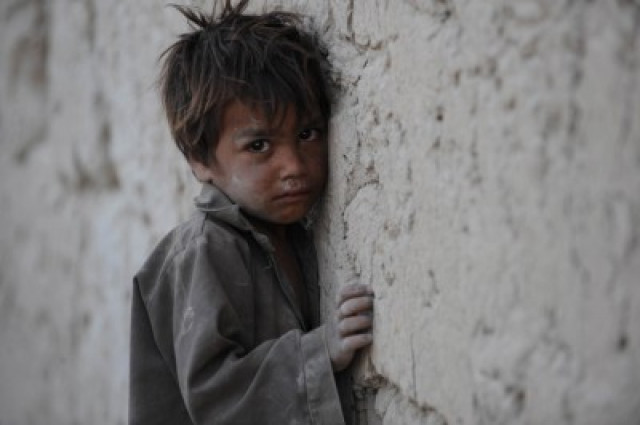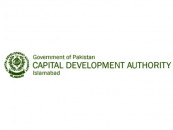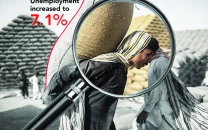Seminar: ‘Malnutrition in parts of Pakistan as high as in Africa’
Experts discuss govt’s new $16b five-year plan to address food insecurity.

Malnutrition in some parts of Pakistan is as high as in Africa, says Jean-Luc Siblot, World Food Programme’s country representative for Pakistan.
He was talking at a seminar organised on Tuesday to discuss the critical question of food security and analyse the government’s National Zero Hunger Action Plan (NZHAP).
The $16 billion five-year plan aims to address food insecurity, hunger and malnutrition issues by reaching out to almost 61 million people across the country.
The programme includes provision of nutritious and fortified food commodities to the most food insecure and vulnerable sections of society, particularly malnourished children, pregnant women and primary school children. It also features a school feed programme and establishment of “zero hunger shops” in 45 extremely food insecure districts of Pakistan.
Siblot said the programme reflects a very high level of commitment towards addressing the problem of hunger and malnutrition in Pakistan. Other experts echoed his sentiment but added that the plan needs to be implemented swiftly.
Dr Chaudhry Inayat of Ministry of National Food Security and Research said the plan comprises of seven components including policy reforms, establishment of a National Food Security Council, targeted social safety nets, capacity building of the ministry and partnership with international agencies.
The NZHAP, drafted after rigorous consultations with various stakeholders, takes into consideration the dimensions of food insecurity in Pakistan and the steps to be taken to address the problem, Dr Inayat said.
Kevin Gallagher, Country Representative United Nations Food and Agriculture Organisation, speaking at the seminar said that the Zero Hunger Plan was in compliance with the governments “right to food” obligation, which entails provision of nutritious food for everyone.
“It would provide opportunities to vulnerable people who also place conditional obligation on them to secure food by their own,” he said.
Silvia, a UNICEF representative, said that it was alarming to see the stagnant figures of malnutrition in the country. Rates of chronic malnutrition are as high as 50% and that a third of children born in Pakistan are underweight.
“The problem is not with the children but with mothers who do not meet their nutritional needs during pregnancy,” she said.
Pakistan with its low production and increasing prices of seeds and fertilisers is also a factor affecting the quality of food purchased.
SDPI Executive Director Dr Abid Qaiyum Suleri warned that food insecurity would be a great challenge in coming years. “More than half of Pakistan’s population is food insecure, anaemic and malnourished,” he said, quoting a study by the Department for International Development (DFID) UK which revealed that the economic cost of iodine and vitamin deficiency in Pakistan equals to 2.5% of the GDP.
Suleri said that the most immediate challenges Pakistan could face in the Zero Hunger Plan’s implementation were related to governance, institutional arrangements, division of responsibilities between federation and provinces and pilferages and mobilisation of resources. He added that Pakistan could learn from success stories such as Brazil, Indonesia and Mexico where these programmes were running successfully.
Published in The Express Tribune, April 26th, 2012.


















COMMENTS
Comments are moderated and generally will be posted if they are on-topic and not abusive.
For more information, please see our Comments FAQ